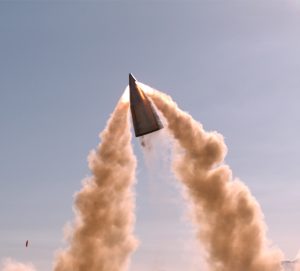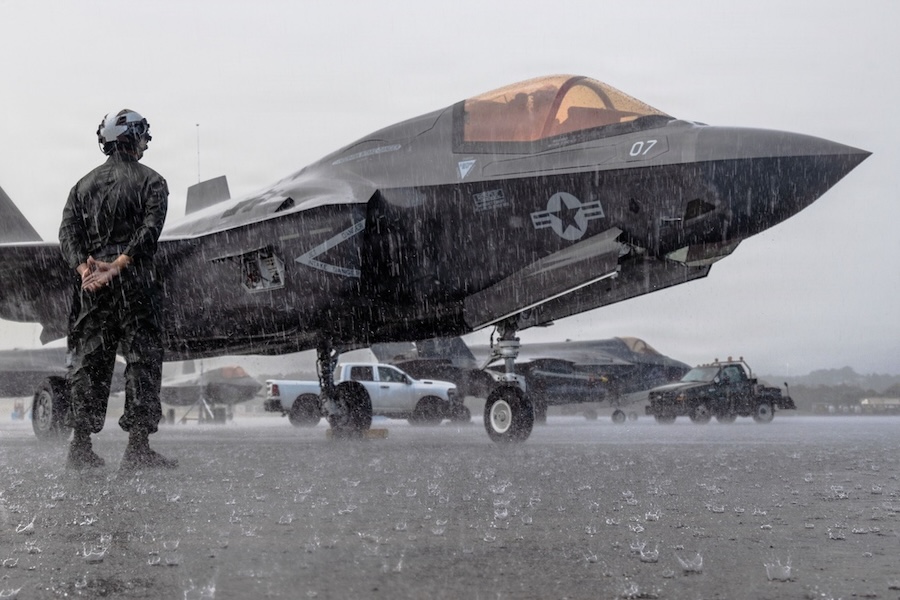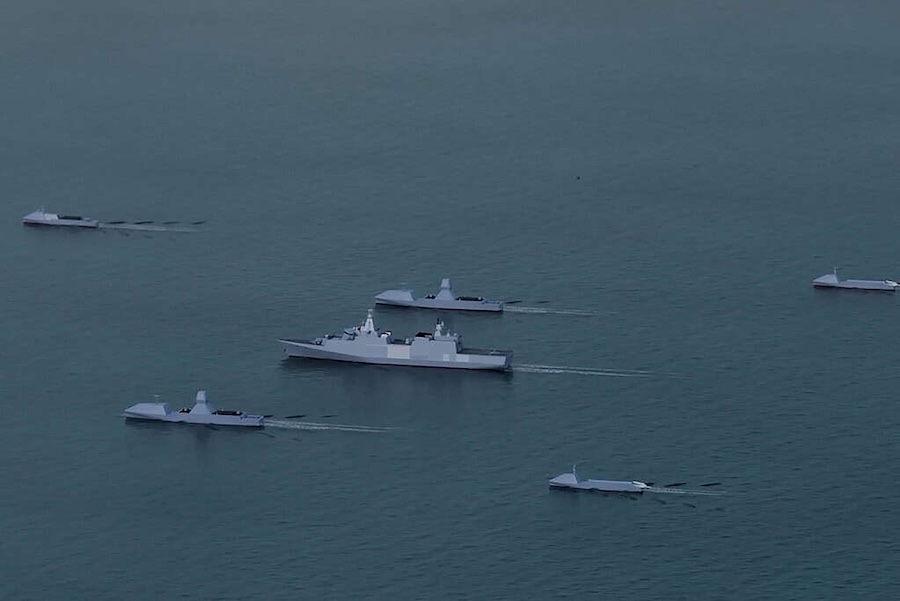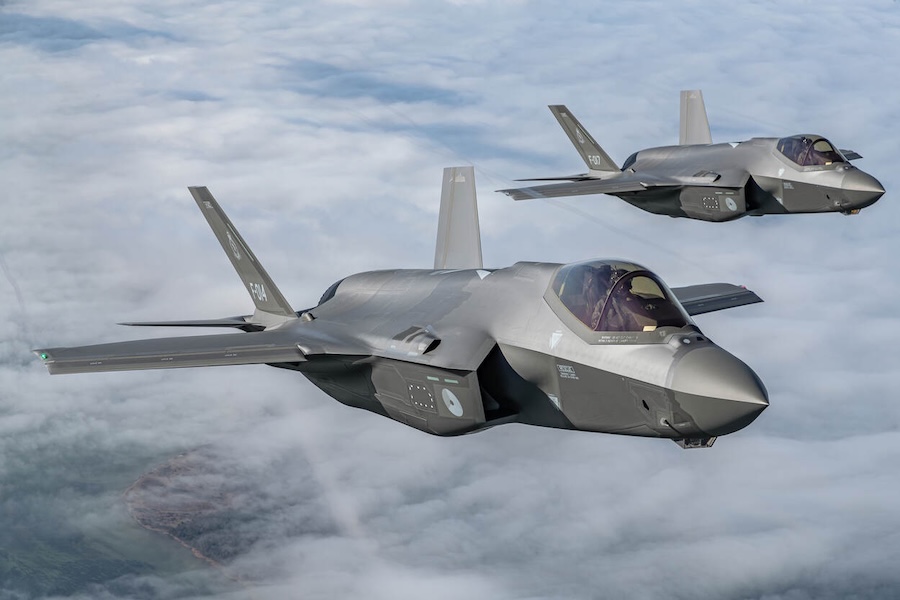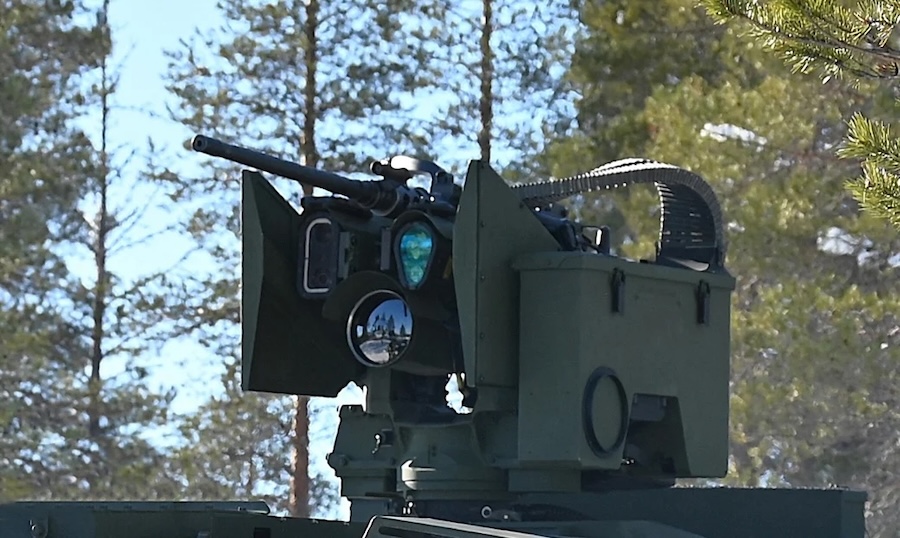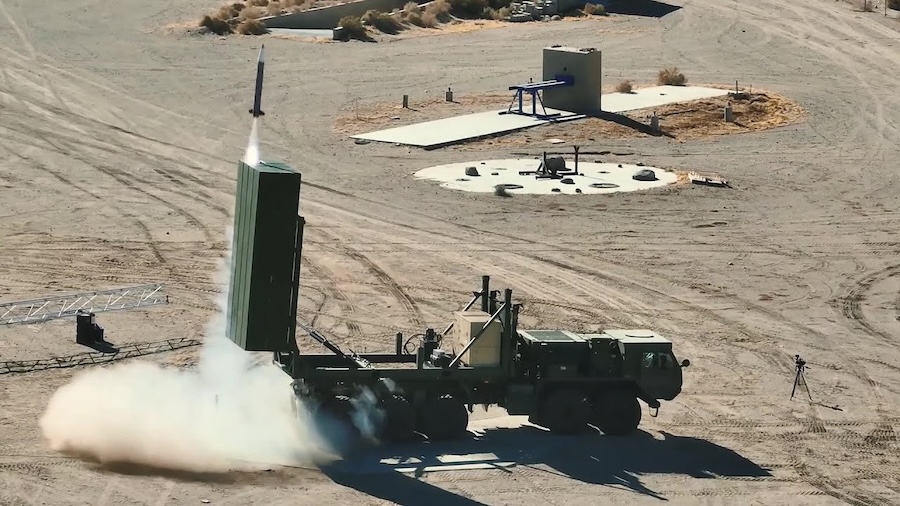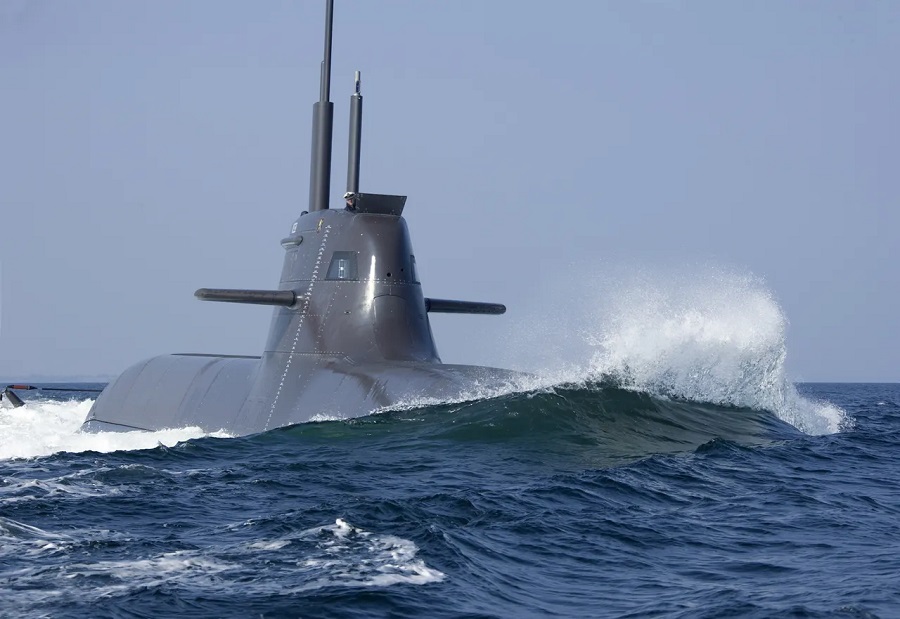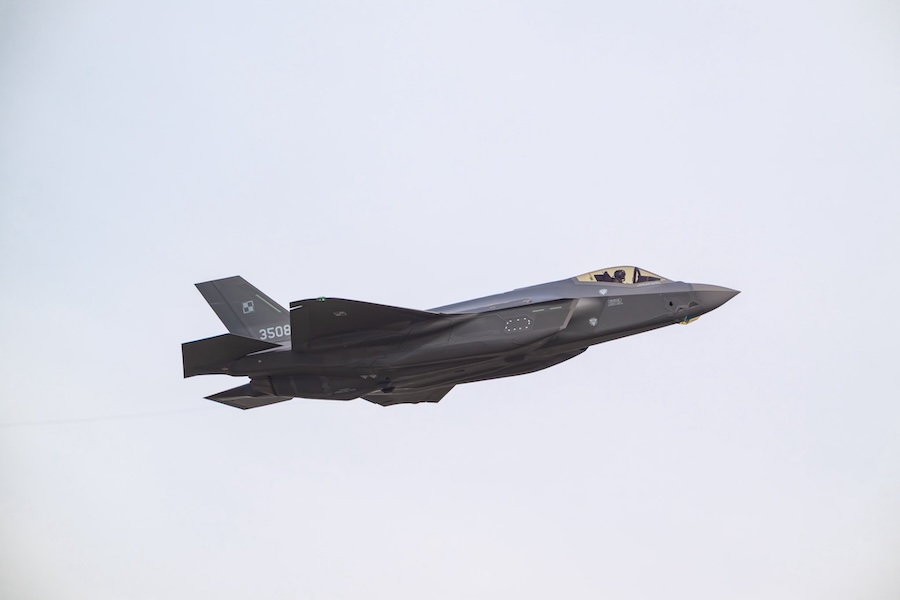In close partnership with the U.S. Air Force, the company “reached agreement on a restructure approach which will lead to re-establishment of the program baseline.” The work suspension “on most aspects of the command and launch portion of the program was lifted” and Northrop Grumman has “resumed work on launch facility requirements in design.”
Chief Executive Officer Kathy Warden said: “We are back into designing those, and to really nailing down with the Air Force the appropriate requirements that will lead us to be able to move faster and potentially reduce costs on the program from the baseline that emerged coming out of the Nunn-McCurdy.”
Warden said “good progress was being made on all other aspects of the program” even during the work pause, and that “working jointly with the department to evaluate and implement those changes, and get specificity around the program plan forward has helped us to be able to move more quickly and remove barriers to performance.”
She added: “I think it’s really just a transformation in how the program is operating over these last couple of quarters that will provide us that strength and stability going forward as a joint team between the government, Northrop Grumman, and all of our teammates that has improved our outlook for the program, meeting its milestones, and we’re just really encouraged with how it’s progressing.”
Northrop Grumman reported “a positive earnings adjustment” in the quarter, reflecting “the agreements we reached with our customer and improved confidence in achieving various performance incentives.” Defense Systems sales grew by 7% in the second quarter “driven by the Sentinel program and from higher ammunition sales,” and the company increased its margin rate expectations for the segment “to mid-10%” for 2025.
Regarding future scale, Warden said: “I don’t see it reaching that 10% of revenue in the next couple of years, despite the additional funding that we’ve received. But certainly, as we move into the production phase of the program, which is now still several years out, I would expect at that time we might revisit whether it becomes a larger part of the portfolio.”







